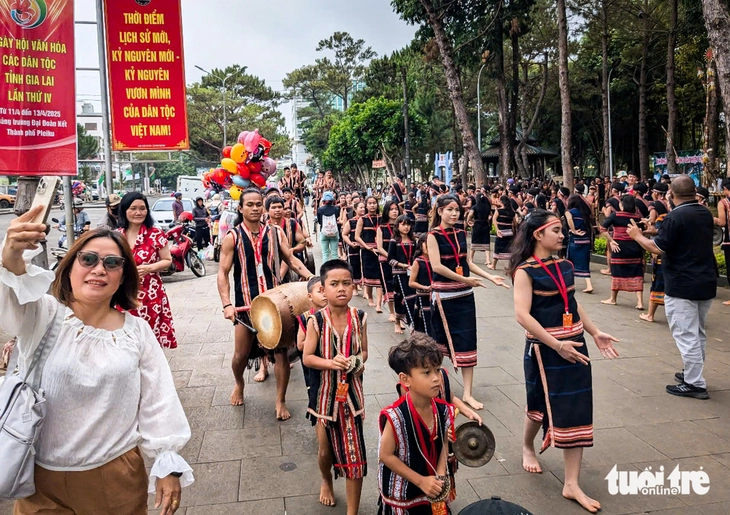
Jarai artists from Pleiku City perform vibrant gongs at the festival - Photo: TAN LUC
Besides Kinh, Jarai, Bahnar people, there are also people of other ethnic groups such as Tay, Nung, Mong, making the festival - taking place from April 12 to 13 at Dai Doan Ket Square, Pleiku City - extremely exciting.
There are 17 groups of artisans with 800 people, representing districts, towns and cities in the province participating in the festival.
The art troupes recreate the community living space, perform gongs, folk songs, folk dances, and traditional musical instruments of their ethnic groups.
In addition, there are also performances of gong tuning techniques, tomb sculpture, brocade weaving, and ethnic costumes.
Some unique rituals are also recreated during the festival such as victory celebration, communal house worship, new rice celebration, buffalo stabbing, grave abandonment, water drop worship...
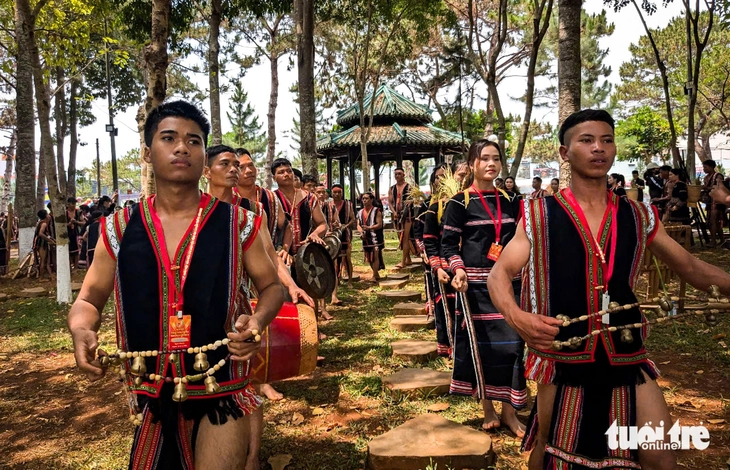
Jarai boys and girls dance to celebrate the new rice harvest in traditional costumes - Photo: TAN LUC
Mr. Nguyen Quang Tue, Head of the Department of Culture and Family Management, Department of Culture - Sports and Tourism of Gia Lai province, said that the festival is an opportunity for ethnic groups living in the area to meet, exchange and learn about each other's culture and customs.
From there, it helps to strengthen the close and intimate relationship between ethnic groups and also to preserve the unique cultural features of each ethnic community.
Coming to the festival, the organizers hope that people will live in a cultural space and freely display the beauty and uniqueness of the community.
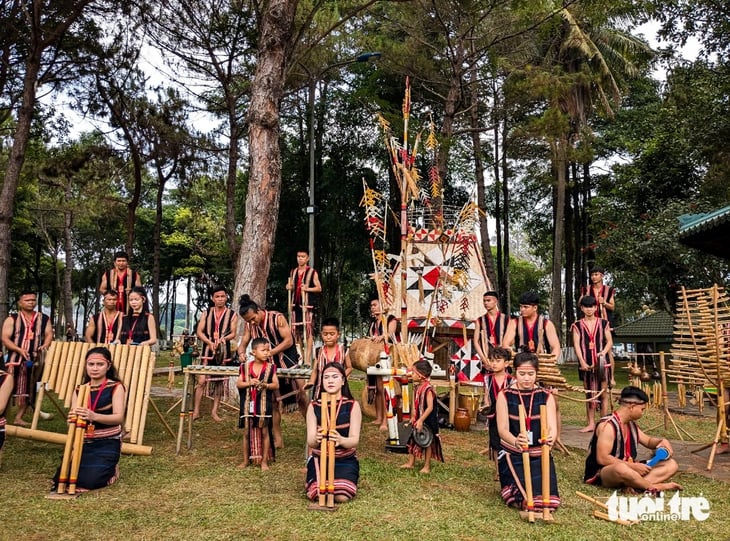
Traditional musical instrument performances under the old pine canopy captivate tourists with the melodies of the mountains and forests - Photo: TAN LUC
Mr. Kpui Nhut, a Jarai artisan group in Duc Co district, said he was very happy to come to the festival. In the open community space, the people were very proud to introduce to everyone the traditional cultural features of the Jarai people.
Each instrument, gong set, and brocade costume are selected and carefully crafted to perform for tourists.
Notably, although they are both Jarai or Bahnar ethnic groups, the cultural features of each group are also different. The most noticeable thing is that the costumes are not completely identical.
Ms. Dinh Thi Ben, a Bahnar artisan in Dak Po district, said that depending on the living area, the community develops unique and special cultural features.
For example, although the festival clothes of the Bahnar people are the same, the patterns in the Kbang region are quite different from those in the Dak Po region, and the language also has some small differences.
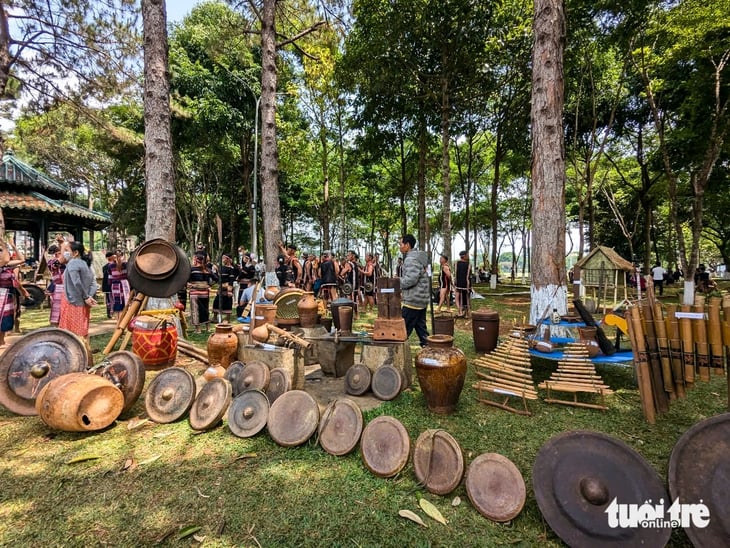
Jarai gongs, jars and musical instruments are introduced to tourists - Photo: TAN LUC

Recreating the kitchen space of the Jarai people - Photo: TAN LUC
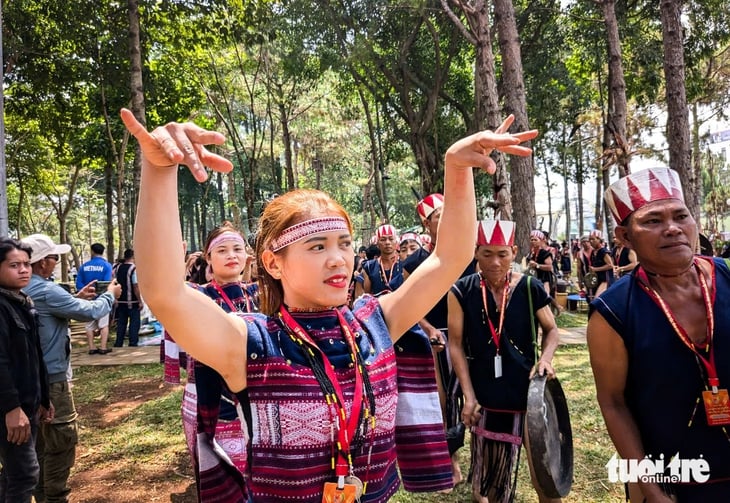
Traditional dance in brocade of Bahnar girls in Dak Po district - Photo: TAN LUC
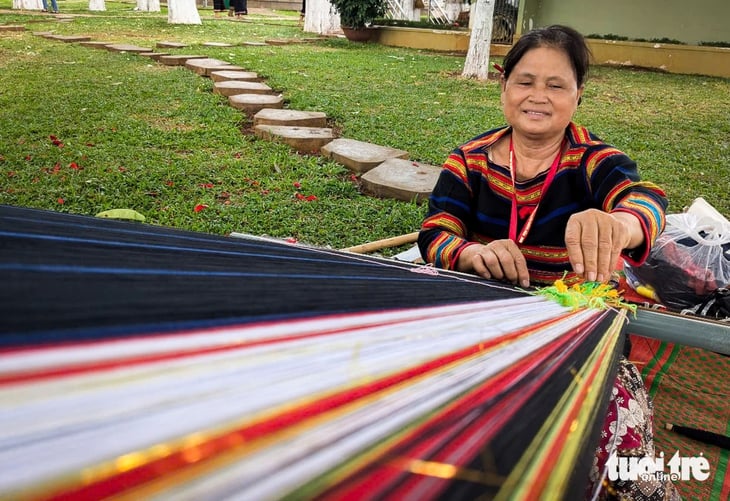
Jarai artisans in Phu Thien district demonstrate brocade weaving - Photo: TAN LUC
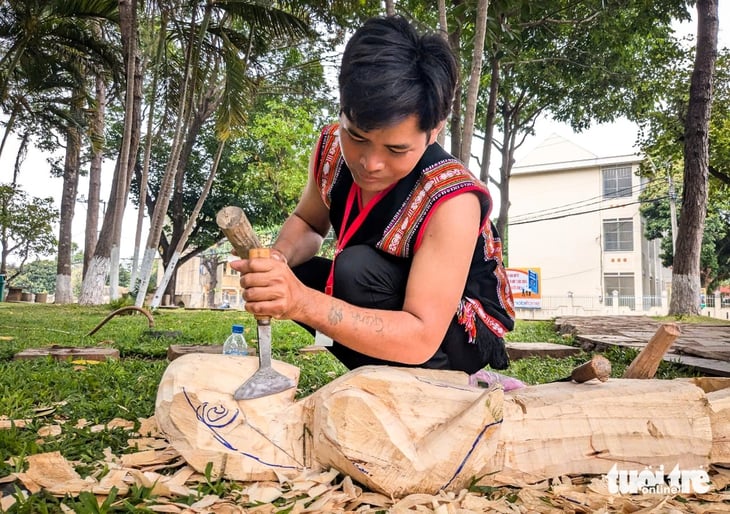
Jarai artisans of Phu Thien district perform carving wooden statues of tombs - Photo: TAN LUC
Source: https://tuoitre.vn/nguoi-jarai-bahnar-xung-xinh-tho-cam-trong-ngay-hoi-van-hoa-dan-toc-20250412150503646.htm



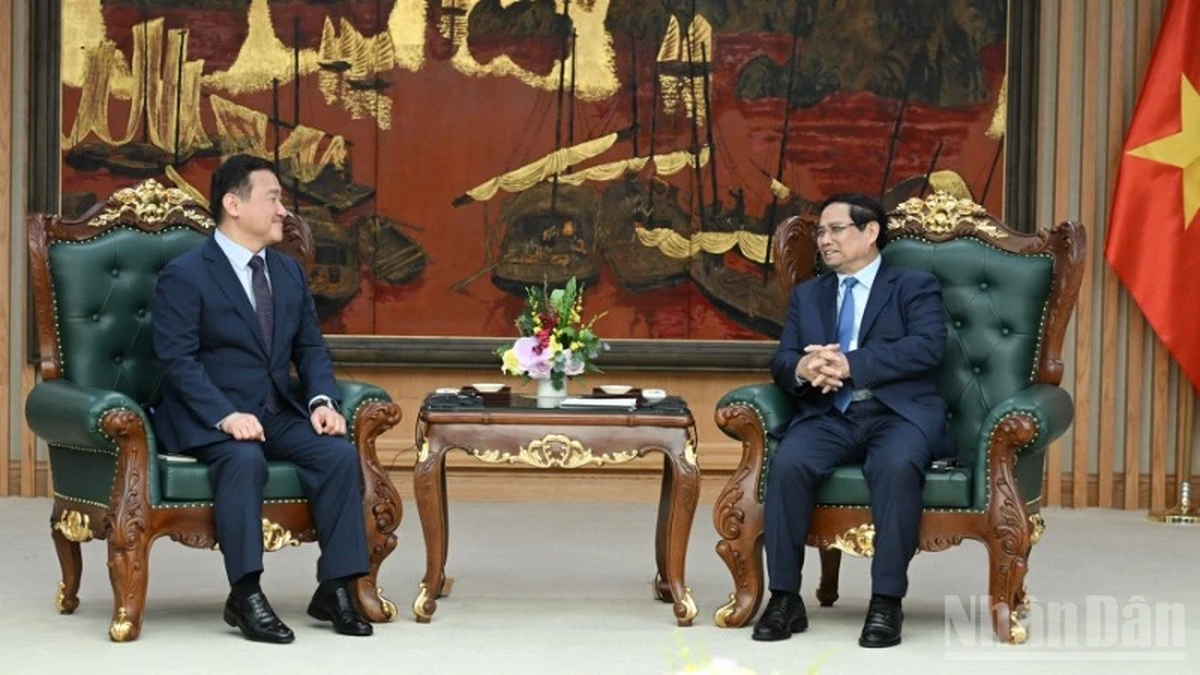
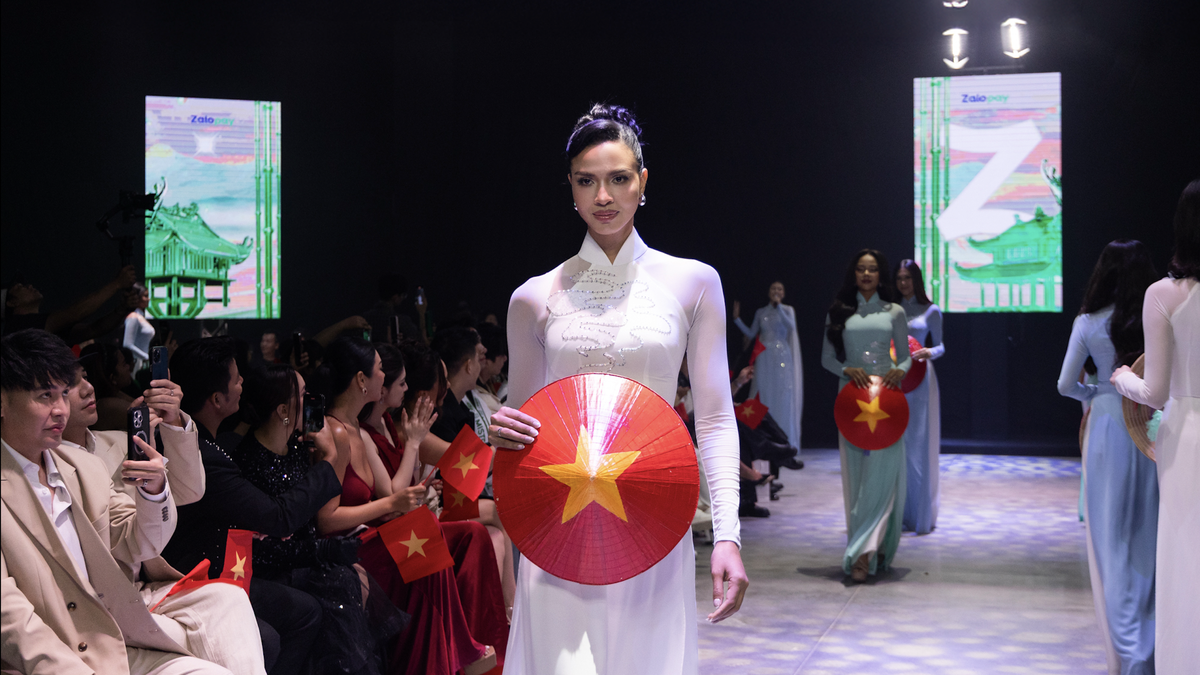
![[Photo] Prime Minister Pham Minh Chinh chairs meeting of National Steering Committee on International Integration](https://vphoto.vietnam.vn/thumb/1200x675/vietnam/resource/IMAGE/2025/8/26/9d34a506f9fb42ac90a48179fc89abb3)
![[Photo] Brilliant red of the exhibition 95 years of the Party Flag lighting the way before the opening](https://vphoto.vietnam.vn/thumb/1200x675/vietnam/resource/IMAGE/2025/8/27/e19d957d17f649648ca14ce6cc4d8dd4)
![[Photo] Prime Minister Pham Minh Chinh receives CEO of Samsung Electronics](https://vphoto.vietnam.vn/thumb/1200x675/vietnam/resource/IMAGE/2025/8/26/373f5db99f704e6eb1321c787485c3c2)
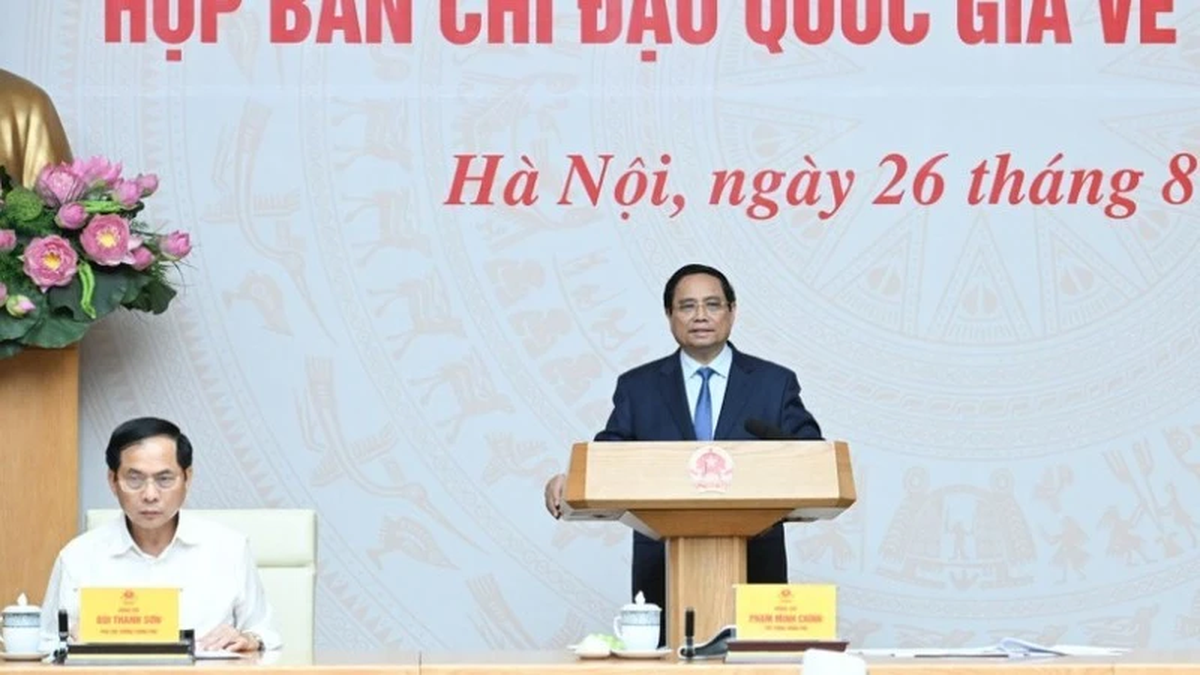
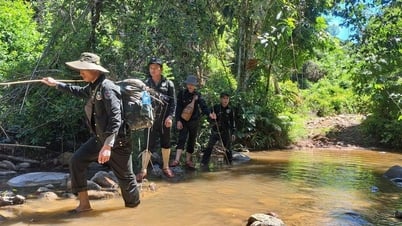

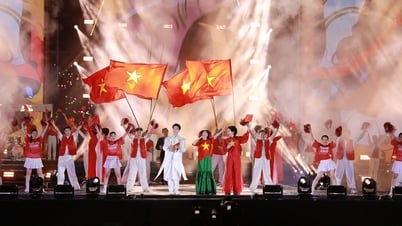

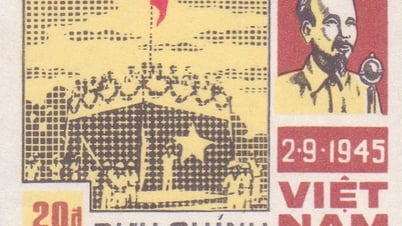
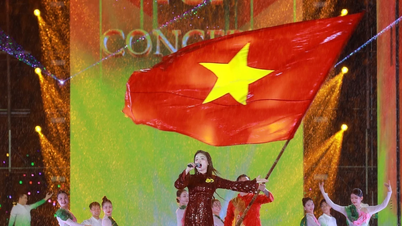


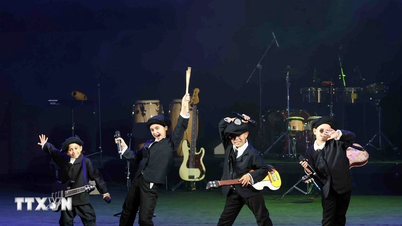
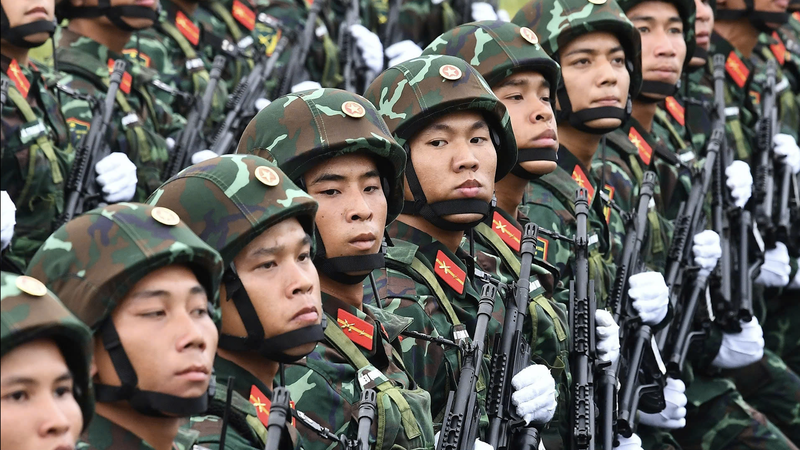


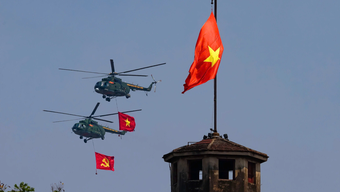




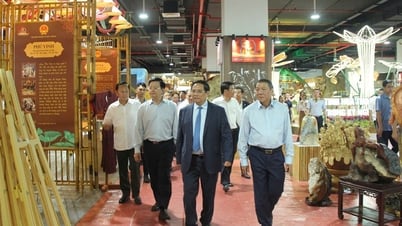
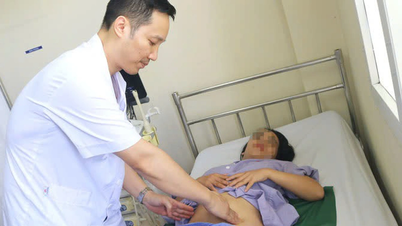
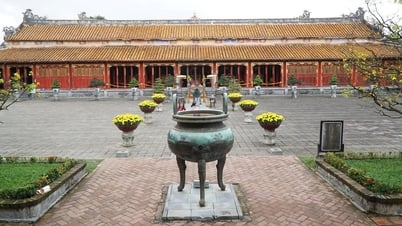
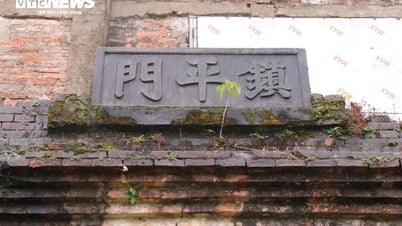

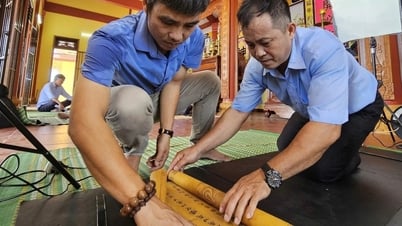

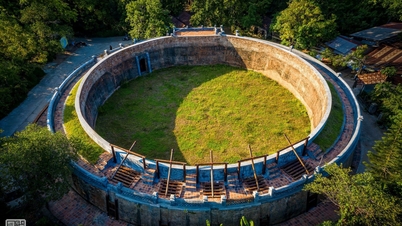

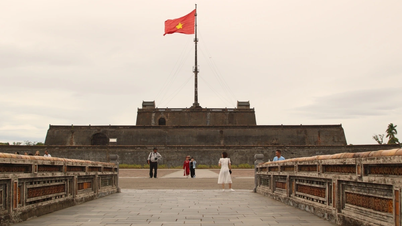

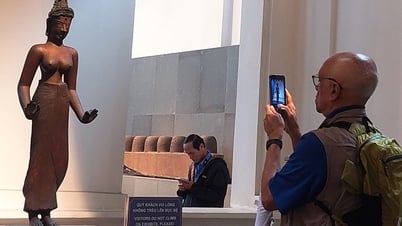
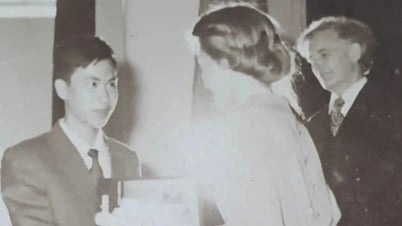
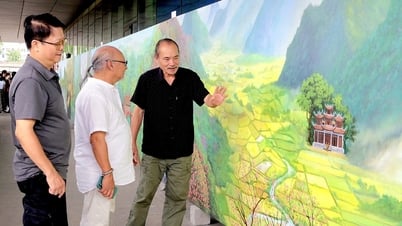
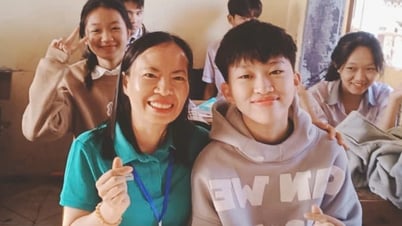

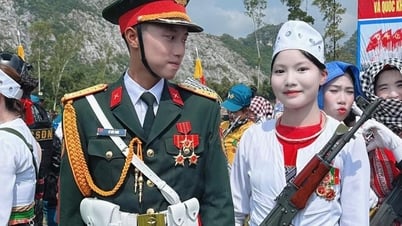

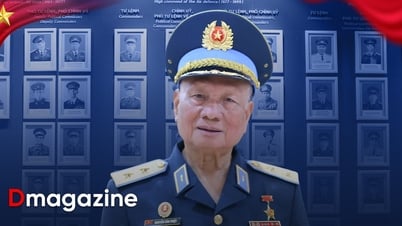


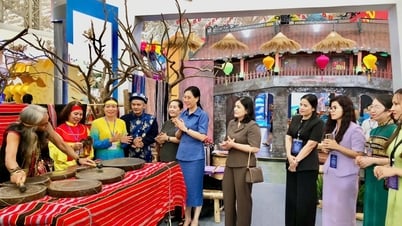

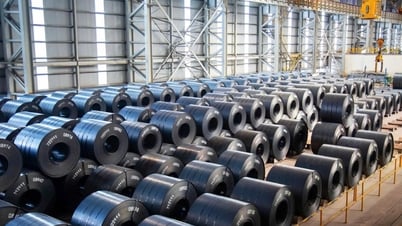


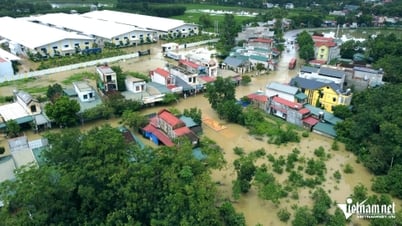

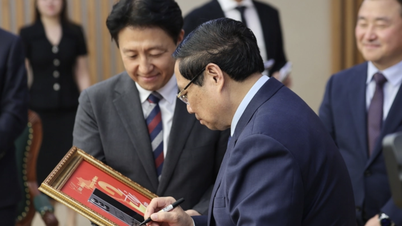
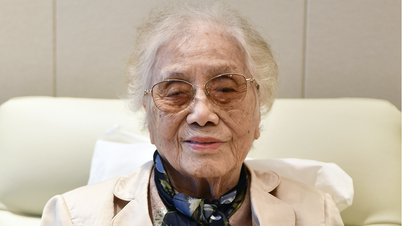

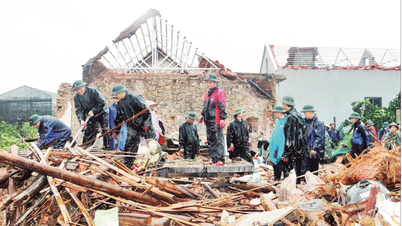

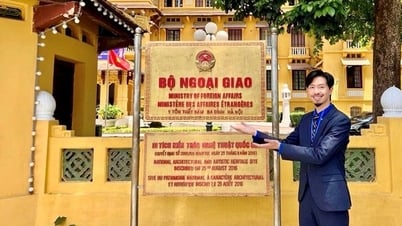

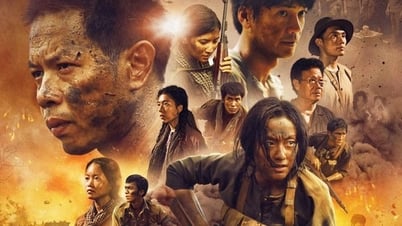
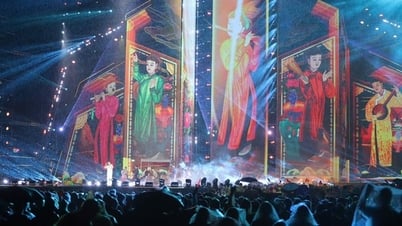
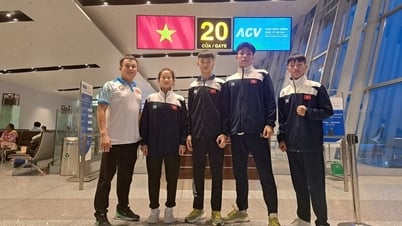



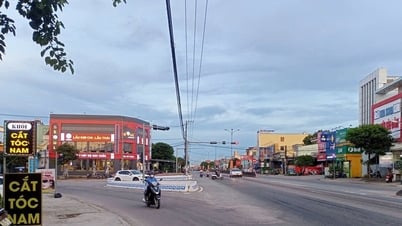





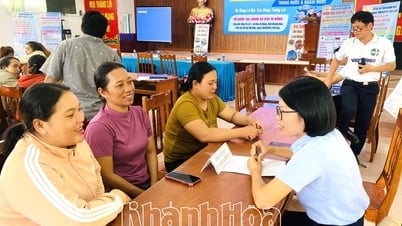

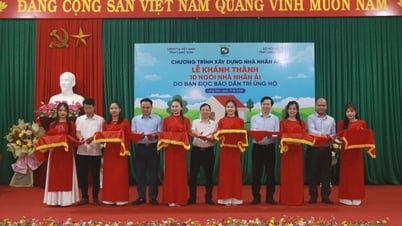

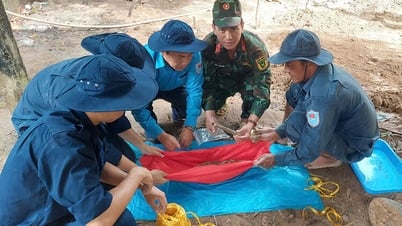



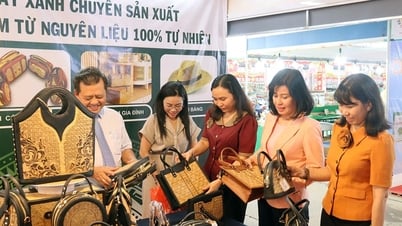
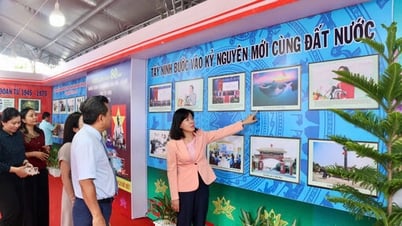



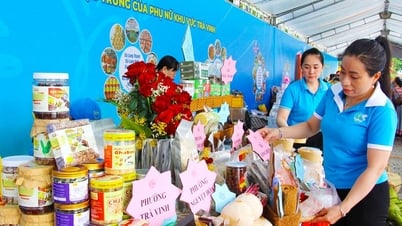




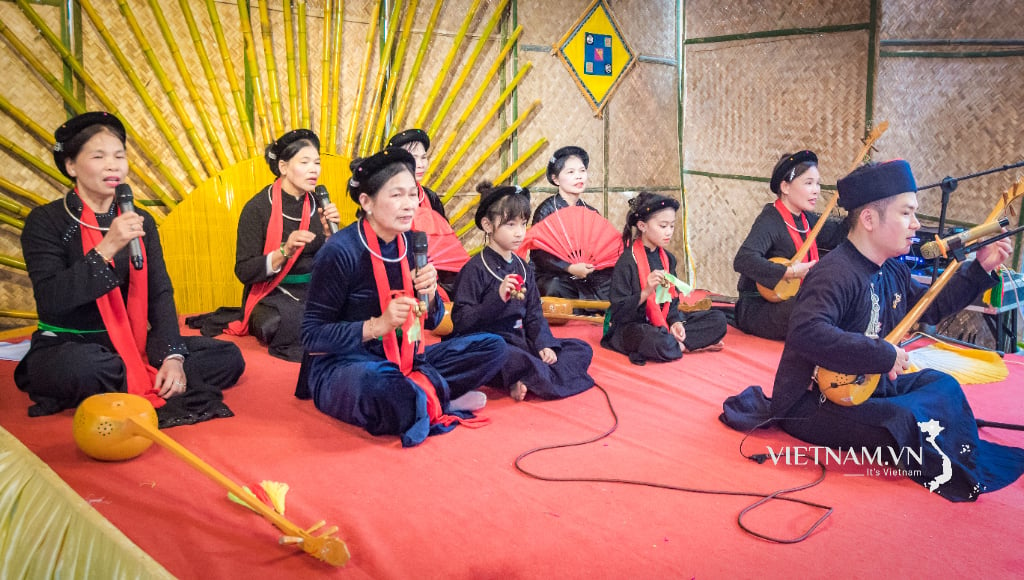


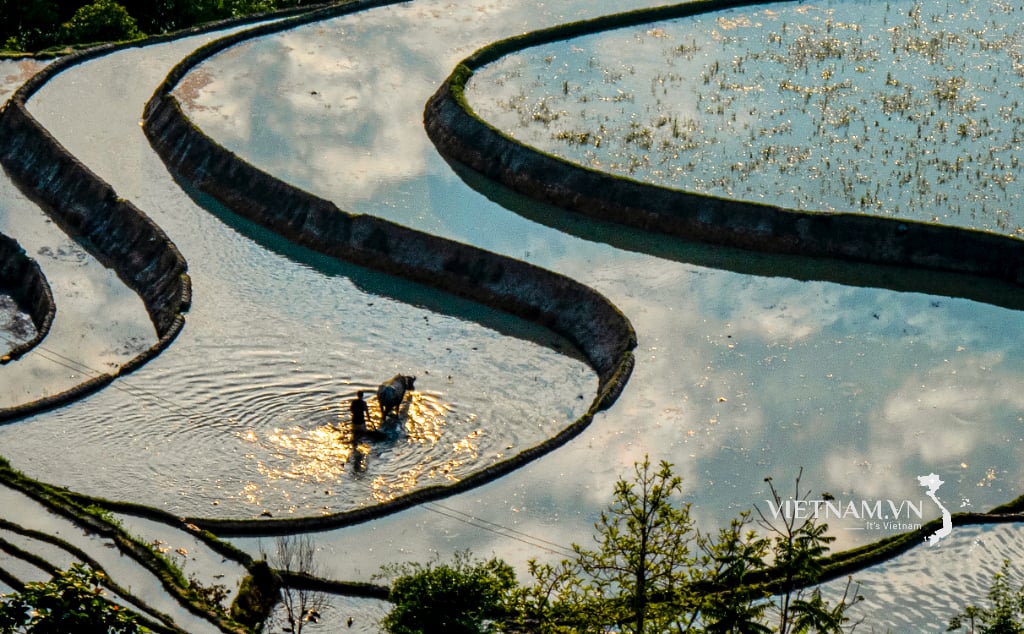
Comment (0)